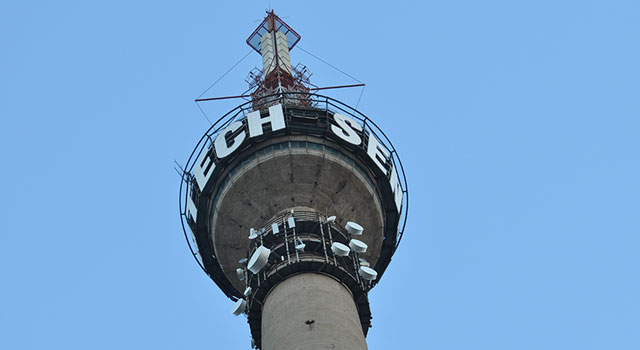
In a move that is likely to be widely welcomed in the telecommunications industry, state-owned broadcasting signal distributor Sentech has decided to return its full allocation of radio frequency spectrum in the 2,6GHz and 3,5GHz bands, says CEO Setumo Mohapi.
The 2,6GHz band, in particular, is in high demand from wireless broadband operators that want to use the spectrum to build fourth-generation networks using long-term evolution technology. Sentech has had a generous allocation of 50MHz in the 2,6GHz band but has not used the spectrum in years after the failure of MyWireless, its consumer wireless broadband offering, several years ago. The company pumped hundreds of millions of rand into MyWireless for no return.
At 3,5GHz, Sentech is returning a 14MHz block of spectrum.
Mohapi says the company decided to return the spectrum because of a new spectrum licensing regime introduced recently by the Independent Communications Authority of South Africa, which has resulted in its payments increasing by 10-fold. According to Mohapi, fees payable for the 2,6GHz and 3,5GHz bands have risen to R40m/year. “Not long ago, they were R4m.”
Sentech is keen to participate in building an open-access wireless broadband network but says it has decided to hand back the spectrum while it waits for guidance from the department of communications on a national broadband strategy.
“We said, let’s return the spectrum to the regulator and wait for that ecosystem to stabilise. In the meantime, we will continue to participate in industry and certainly department of communications activities around broadband policy and strategy…”
Mohapi says there was no pressure from the department of communications to hand back the spectrum. “This was a decision the company made in the context of its own view of what is going to happen in the short term and what is likely to happen in the medium term. That the cost of spectrum had grown 10-fold was a very important driver for the decision.” — (c) 2013 NewsCentral Media
- Developing story … more to follow




